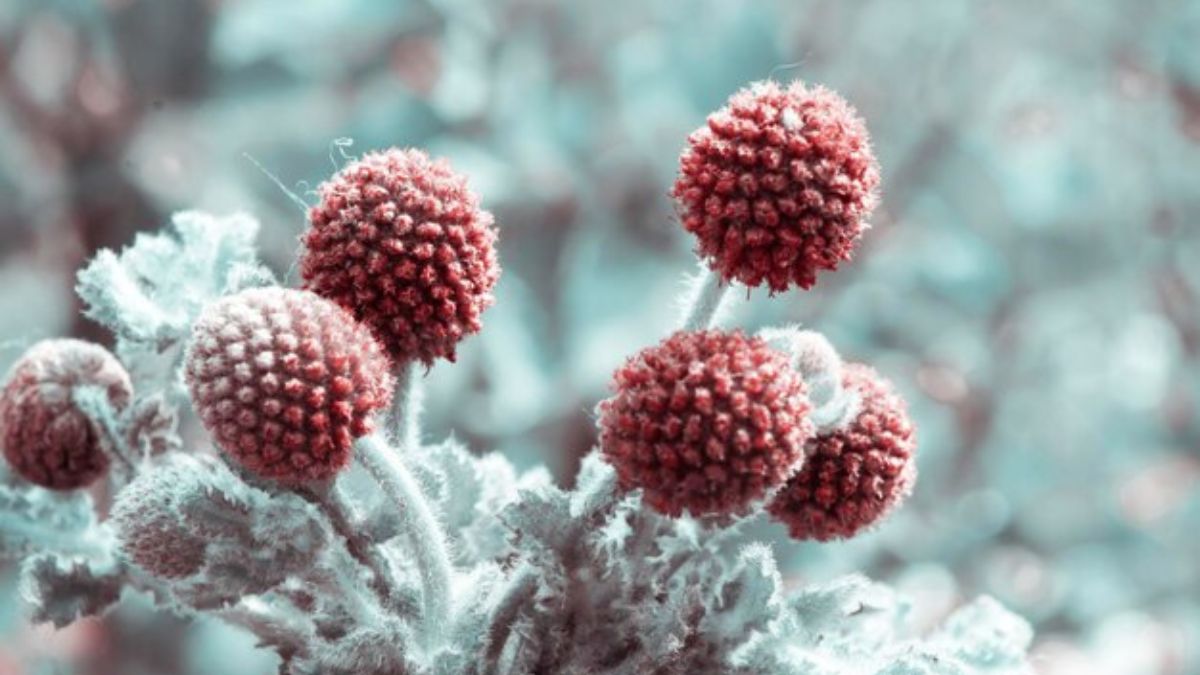An illness associated with the yeast Candida, which is present in the human body in a naturally occurring form, is known as candidhiny. Candida is typically non-pathogenic, but an overabundance can cause infections, especially in regions that are warm and damp, such as the mouth, genitalia, and crevices of the skin. To make sure you have a thorough grasp of Candidahiny, this article explores its symptoms, causes, and treatment choices.
Symptoms of Candidahiny
The symptoms of Candidahiny vary depending on the affected area. However, some common signs include:
Oral Symptoms
White spots on the tongue and inside the cheeks are symptoms of an oral Candida infection, which is also known as thrush. Because of the discomfort these patches might cause, swallowing and eating may become difficult.
Genital Symptoms
Genital infections may be rather uncomfortable, causing itching, redness, and sometimes burning. Symptoms that males may encounter include redness, swelling, and irritation, while women may notice an odd discharge.
Skin and Nail Symptoms
Red rashes, itching, and peeling are symptoms of an excess of candida on the skin. Discoloration, brittleness, and pain are symptoms of a fungal infection of the nail.
Digestive Symptoms
Food sensitivities, diarrhea, and gas are symptoms of an overabundance of the yeast Candida in the digestive tract. Some people additionally say they’re always exhausted and have trouble focusing.
Causes of Candidahiny
Overgrowth of Candida, which can cause infections, is caused by a number of things. To better manage and prevent these issues, it is helpful to understand their sources.
Weak Immune System
People who already have compromised immune systems are at a higher risk of developing Candida overgrowth. This includes people living with HIV, cancer, or diabetes. The danger is further increased by immune-suppressing medications.
Antibiotic Use
When people use antibiotics regularly or for an extended period of time, it upsets the body’s natural bacterial balance, which is ideal for Candida.
High-Sugar Diet
A diet high in refined carbs and sugary foods encourages yeast overgrowth, as Candida thrives on sugar.
Poor Hygiene
Candida thrives in dirty, unclean environments, particularly those that are warm and damp.
Hormonal Changes
Candida can thrive in environments where hormone levels fluctuate, such as during pregnancy, menstruation, or the use of oral contraceptives.
Diagnosing Candidahiny
Candida infections are diagnosed by medical professionals through laboratory testing and physical exams. Medical professionals may do culture or microscopic investigation on a tissue sample taken from the site of the injury, depending on the severity of the symptoms.
Treatment Options for Candidahiny
The diagnosis and extent of a Candida infection dictate the best course of treatment. Medication, behavioral modifications, and natural cures are all viable choices.
Antifungal Medications
In order to eradicate the infection, doctors may recommend antifungal topical treatments, ointments, or oral pills. Some of the most common antifungal drugs include nystatin, fluconazole, and clotrimazole.
Probiotics
By reestablishing a healthy bacterial balance in the gut, probiotic use helps avoid an overgrowth of candida. You may get the benefits of probiotic pills, yoghurt, and kefir.
Dietary Changes
Cutting back on sugar and processed carbs makes Candida’s growth more challenging by starving the yeast. Vegetables, lean meats, and healthy fats are the building blocks of a nutritious diet.
Good Hygiene Practices
Fungal infections can be kept from getting worse by keeping the afflicted areas dry and clean. Changing clothing often and wearing breathable materials might also assist.
Home Remedies
Coconut oil, apple cider vinegar, garlic, and other natural therapies are antifungal. Coconut oil used topically or apple cider vinegar added to a bath can alleviate symptoms.
Preventing Candidahiny
A healthy lifestyle and awareness of risk factors are necessary to avoid Candida overgrowth.
Strengthen Immunity
Infections are easier to stave off when the immune system is robust. A strong immune system is the result of a combination of factors, including a healthy diet, frequent exercise, and stress management.
Limit Antibiotic Use
Antibiotics should only be taken when absolutely required and according to a doctor’s orders. Think about taking probiotics to replenish good bacteria if antibiotics are necessary.
Maintain Proper Hygiene
Candida can’t develop in damp environments if you wash and dry them often. One more thing that can help keep infections at bay is wearing loose-fitting clothing.
Balance Blood Sugar Levels
People with diabetes can avoid Candida overgrowth by keeping their blood sugar levels constant. A well-managed diet and regular monitoring are of the utmost importance.
When to See a Doctor
While it may be possible to treat minor Candida infections at home, those with severe or ongoing symptoms should see a doctor. It is crucial to see a doctor for an accurate diagnosis and treatment if an illness spreads to other parts of the body or does not improve after using home treatments.
Conclusion
A frequent ailment that can impact several areas of the body is Candidahiny, also known as Candida overgrowth. Early intervention and prevention can be facilitated by being aware of its symptoms, causes, and treatment choices. Candida infections can be effectively managed and prevented by those who keep a healthy lifestyle, practice proper hygiene, and seek medical assistance when needed.

